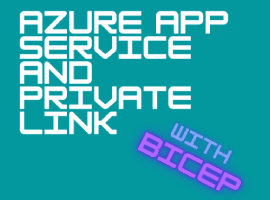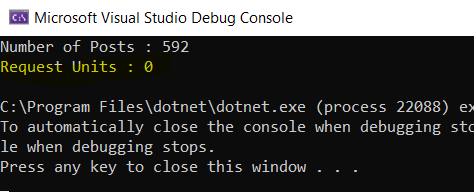
Azure Key Vault and Power Automate
Blog PostsCan you keep a secret? Have you tried using Azure Key Vault with Power Automate? here is an overview of the Azure Key Vault connector. The Azure Key Vault Table of Contents The Azure Key Vault The Azure Key Vault Connector Decrypt and Encrypt data I’ve create an Azure Key vault to keep hold of my secrets. The… READ MORE









